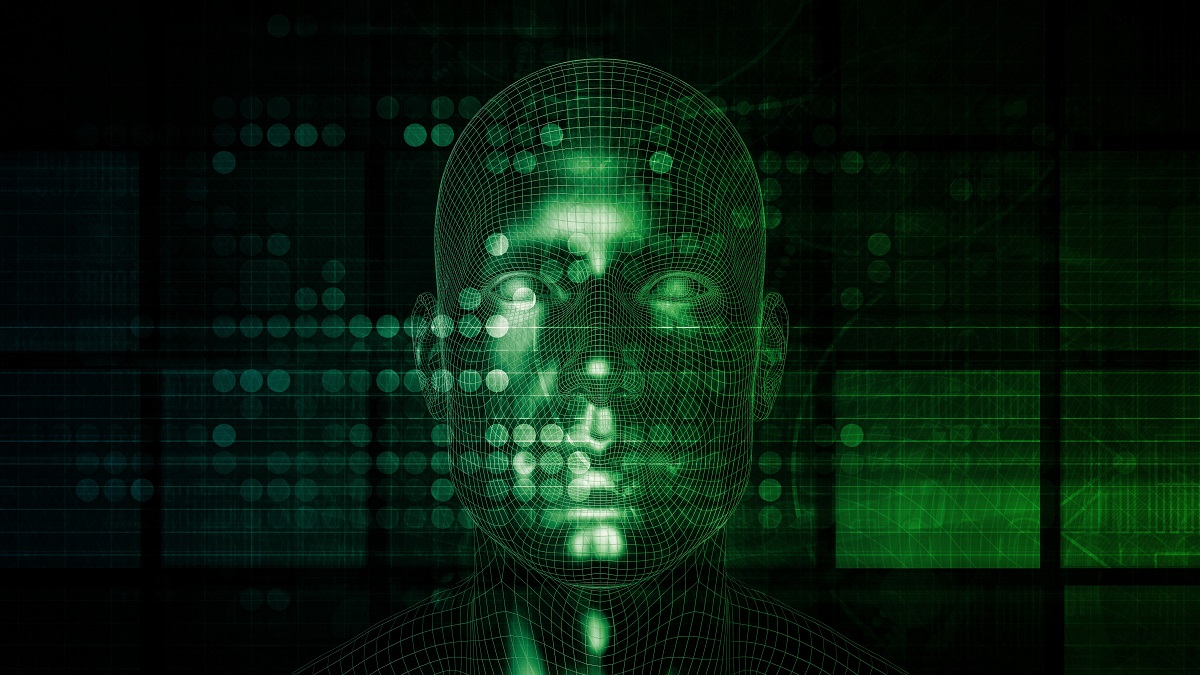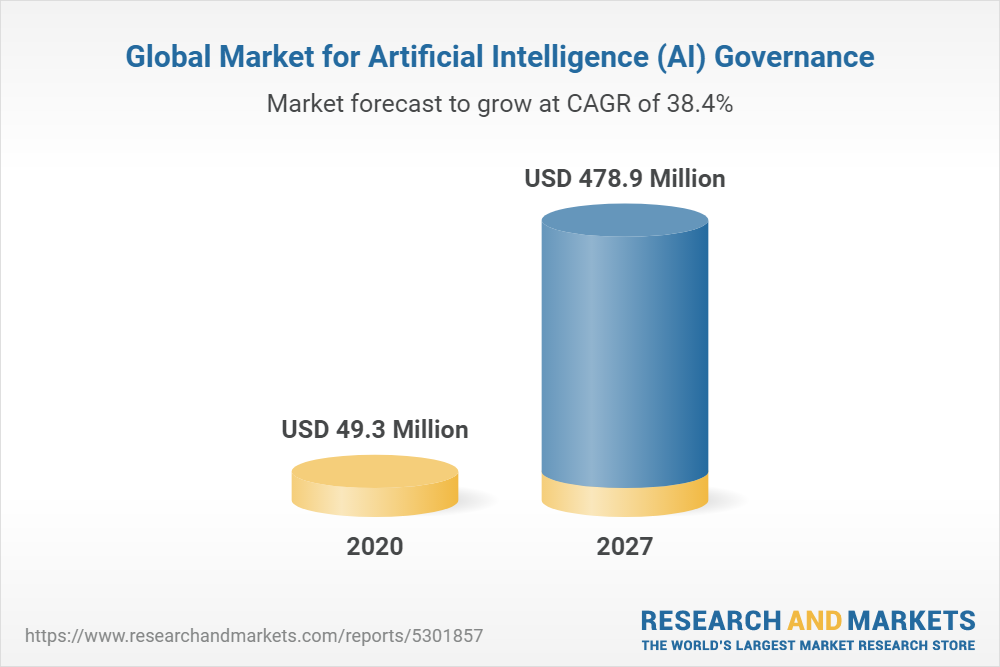
As data sets and information volume increase, the applications of deep learning become more sophisticated. Deep learning is used in many different ways, from smartphone AI to improve battery life to Uber AI which matches the right driver and passenger. AI is already used by lawyers for better decision making, real-estate agents to price homes, and doctors to diagnose disease. Andrew Ng referred to AI in the same way as electricity. Deep learning, despite the hype, isn't without its limitations.
Applications of deep learning
Deep neural networks can be used in many areas of computer science. For example, deep learning is used in computer vision to translate images with text. This technology can map between audio and video. This technology will revolutionize how we communicate with one another. It's already making our lives easier. Here are some examples of deep learning AI applications. This is not an exhaustive listing.

Deep learning models have their limitations
Although deep learning can be highly effective at mapping inputs with outputs, it still falls short in many important areas. These include reasoning, longterm planning and algorithmic data manipulation. Deep learning models can't, for instance, distinguish between chairs and couches. Further, it is difficult to train a deep learning model to do a complex task, such as sorting images. These limitations make deep-learning models not suitable for many applications.
Hardware requirements for deep-learning models
Your model will require that both the CPU and GPU be configured to handle it. For deep learning models, a GPU with eight cores is best. However, a single core can be just as efficient. In order to achieve high-speed DL training, the GPU and CPU must be able to communicate at high speed. This is possible because the CPU and GPU must have large amounts of memory.
Deep learning applications in chatbots
A variety of purposes are being served by artificial neural networks. These systems are designed to imitate the human brain so they can understand and learn from human-to human conversations. These systems can improve their understanding of user speech by collecting enough data. A chatbot can be trained to learn more about a particular domain. In this instance, it would be customer service, where deep-learning would be useful.

Future of deep learning
Advances in deep learning technology are changing the way many AI researchers approach AI, especially in fields that have been resistant to the technology. Recent developments in this field include the creation of a neural network structure known as the Transformer. This architecture is central to both Google's GPT-3 model and OpenAI. Transformers learn without labeled data and apply those representations to complete sentences. Given a prompt, they can generate coherent text.
FAQ
Which countries are leaders in the AI market today, and why?
China leads the global Artificial Intelligence market with more than $2 billion in revenue generated in 2018. China's AI industry is led by Baidu, Alibaba Group Holding Ltd., Tencent Holdings Ltd., Huawei Technologies Co. Ltd., and Xiaomi Technology Inc.
China's government is investing heavily in AI research and development. The Chinese government has set up several research centers dedicated to improving AI capabilities. These include the National Laboratory of Pattern Recognition, the State Key Lab of Virtual Reality Technology and Systems, and the State Key Laboratory of Software Development Environment.
China also hosts some of the most important companies worldwide, including Tencent, Baidu and Tencent. All of these companies are currently working to develop their own AI solutions.
India is another country which is making great progress in the area of AI development and related technologies. India's government is currently focusing their efforts on creating an AI ecosystem.
Who invented AI and why?
Alan Turing
Turing was conceived in 1912. His father was a priest and his mother was an RN. He was an excellent student at maths, but he fell apart after being rejected from Cambridge University. He took up chess and won several tournaments. After World War II, he was employed at Bletchley Park in Britain, where he cracked German codes.
He died on April 5, 1954.
John McCarthy
McCarthy was born 1928. Before joining MIT, he studied mathematics at Princeton University. There he developed the LISP programming language. He had laid the foundations to modern AI by 1957.
He died in 2011.
How do AI and artificial intelligence affect your job?
AI will replace certain jobs. This includes truck drivers, taxi drivers and cashiers.
AI will lead to new job opportunities. This includes positions such as data scientists, project managers and product designers, as well as marketing specialists.
AI will make your current job easier. This includes doctors, lawyers, accountants, teachers, nurses and engineers.
AI will improve efficiency in existing jobs. This includes salespeople, customer support agents, and call center agents.
What is AI and why is it important?
It is predicted that we will have trillions connected to the internet within 30 year. These devices will include everything from cars to fridges. Internet of Things (IoT), which is the result of the interaction of billions of devices and internet, is what it all looks like. IoT devices will communicate with each other and share information. They will also have the ability to make their own decisions. A fridge may decide to order more milk depending on past consumption patterns.
According to some estimates, there will be 50 million IoT devices by 2025. This is an enormous opportunity for businesses. It also raises concerns about privacy and security.
What does AI mean for the workplace?
It will change how we work. We will be able automate repetitive jobs, allowing employees to focus on higher-value tasks.
It will improve customer service and help businesses deliver better products and services.
It will help us predict future trends and potential opportunities.
It will give organizations a competitive edge over their competition.
Companies that fail AI adoption will be left behind.
What are the benefits of AI?
Artificial Intelligence is an emerging technology that could change how we live our lives forever. It has already revolutionized industries such as finance and healthcare. It's predicted that it will have profound effects on everything, from education to government services, by 2025.
AI is already being used in solving problems in areas like medicine, transportation and energy as well as security and manufacturing. There are many applications that AI can be used to solve problems in medicine, transportation, energy, security and manufacturing.
What makes it unique? It learns. Unlike humans, computers learn without needing any training. Computers don't need to be taught, but they can simply observe patterns and then apply the learned skills when necessary.
This ability to learn quickly is what sets AI apart from other software. Computers can quickly read millions of pages each second. They can instantly translate foreign languages and recognize faces.
Artificial intelligence doesn't need to be manipulated by humans, so it can do tasks much faster than human beings. It can even outperform humans in certain situations.
A chatbot called Eugene Goostman was developed by researchers in 2017. The bot fooled dozens of people into thinking it was a real person named Vladimir Putin.
This proves that AI can be convincing. Another benefit is AI's ability adapt. It can be trained to perform new tasks easily and efficiently.
This means that businesses don't have to invest huge amounts of money in expensive IT infrastructure or hire large numbers of employees.
Statistics
- More than 70 percent of users claim they book trips on their phones, review travel tips, and research local landmarks and restaurants. (builtin.com)
- Additionally, keeping in mind the current crisis, the AI is designed in a manner where it reduces the carbon footprint by 20-40%. (analyticsinsight.net)
- That's as many of us that have been in that AI space would say, it's about 70 or 80 percent of the work. (finra.org)
- In 2019, AI adoption among large companies increased by 47% compared to 2018, according to the latest Artificial IntelligenceIndex report. (marsner.com)
- The company's AI team trained an image recognition model to 85 percent accuracy using billions of public Instagram photos tagged with hashtags. (builtin.com)
External Links
How To
How to setup Siri to speak when charging
Siri is capable of many things but she can't speak back to people. Because your iPhone doesn't have a microphone, this is why. Bluetooth is an alternative method that Siri can use to communicate with you.
Here's how to make Siri speak when charging.
-
Under "When Using Assistive touch", select "Speak when locked"
-
To activate Siri press twice the home button.
-
Siri can be asked to speak.
-
Say, "Hey Siri."
-
Speak "OK"
-
Tell me, "Tell Me Something Interesting!"
-
Say, "I'm bored," or "Play some Music," or "Call my Friend," or "Remind me about," or "Take a picture," or "Set a Timer," or "Check out," etc.
-
Say "Done."
-
If you'd like to thank her, please say "Thanks."
-
If you have an iPhone X/XS or XS, take off the battery cover.
-
Insert the battery.
-
Reassemble the iPhone.
-
Connect the iPhone to iTunes
-
Sync the iPhone
-
Switch on the toggle switch for "Use Toggle".